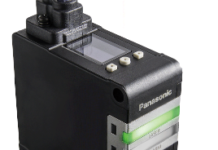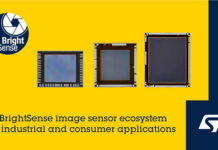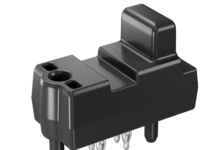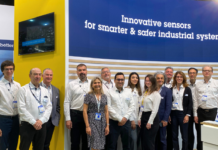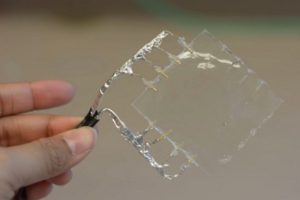
The future of handheld devices is fast approaching and just recently, one of the most exciting features may soon find the light of day. As technology advances, a group of researchers and engineers stumble upon one great feature people are looking forward to having it in their smartphones and tablets.
Also, among other handheld devices, a flexible, stretchable, foldable and rollable touchscreen display. “There are sensors that can detect pressure, such as the iPhone’s 3D Touch, and some that can detect a hovering finger, like Samsung’s AirView. There are also sensors that are foldable, transparent and stretchable.
Our contribution is a device that combines all those functions in one compact package,” said researcher Mirza Saquib Sarwar, a PhD student in electrical and computer engineering at the University of British Columbia as posted on its official website.
Explaining how this latest breakthrough works, “The approach of a finger hovering a few centimeters above the array is readily detectable. Light touch produces a localized decrease in capacitance of 15 percent.
The movement of a finger can be followed across the array, and the location of multiple fingers can be detected. Touch is detectable during bending and stretch, an important feature of any wearable device,” as recently posted on Science Advances.
The sample they used measures 5 cm x 5 cm but, “It’s entirely possible to make a room-sized version of this sensor for just dollars per square metre, and then put sensors on the wall, on the floor, or over the surface of the body almost anything that requires a transparent, stretchable touch screen,” said Sarwar.
He added, “Because it’s cheap to manufacture, it could be embedded cost-effectively in disposable wearables like health monitors.”
UBC professor John Madden of the Faculty of Applied Science and Sarwar’s supervisor, also suggested another use of this new breakthrough in terms of making human-robot interactions safer, “Currently, machines are kept separate from humans in the workplace because of the possibility that they could injure humans. If a robot could detect our presence and be ‘soft’ enough that they don’t damage us during an interaction, we can safely exchange tools with them, they can pick up objects without damaging them, and they can safely probe their environment.”
Source: http://www.isportstimes.com



